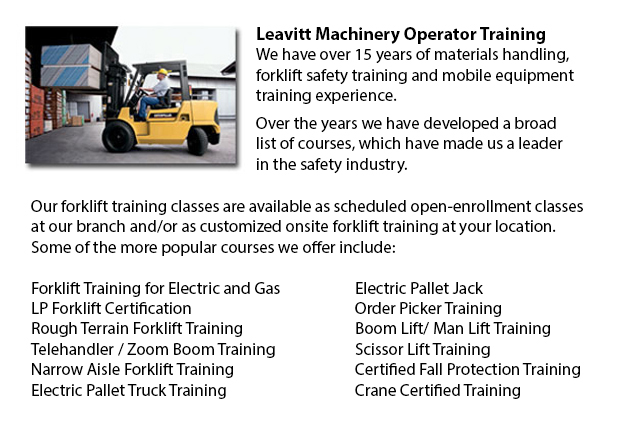
A boom truck is frequently recognized by the cable and phone company vehicles that have the long arm folded over their roofs. Commonly, a bucket-like equipment sits at the extension of extendable arms. Usually known as a cherry picker, or an aerial boom truck, a bucket truck has an extendable boom mounted the roof or bed. It is able to transport employees to the top of a phone or utility pole. Bucket boom vehicles have a hauling capacity of roughly 350 lbs to 1500 lbs or 158 kg to 680 kg and are capable of extending the bucket up to 34 feet or to around 10 meters into the air.
Construction boom vehicles or heavy duty boom trucks will sometimes have a hoist appendage on the rear. Often called knuckle booms, these cranes can be shorter and more compact than the trolley boom, which has a boom able to extend the length of the vehicle. Crane boom vehicles include a raising capacity between 10 to 50 tons or around 9 to 45 metric tons.
An added modification of boom truck is the concrete boom, which possess a pipeline with a nozzle at the end of the vehicle to pump concrete and other resources. The places where these resources ought to be deposited is commonly inaccessible to the truck or is stationed at a great height, consequently, the boom of a larger concrete boom vehicle might be extended 230 feet or approximately 71 meters. The truck then pumps the concrete through the boom precisely depositing it into the space where it is needed.
Fire departments are outfitted with a lengthy container boom used to hoist firefighters to the upper floors of a structure. Once in place, this boom allows them to direct water onto a fire or to rescue ensnared victims. A lot of of the older hook and ladder trucks have been replaced by current boom vehicles.
Self propelled booms are very similar to lift trucks. These little boom trucks may lift staff to elevated storage or to the ceiling of large warehouses and storage offices. They are more stable and as a result far safer than using extension ladders for the similar application.
-
Crown Forklift
More -
Terex Forklift
Terex Forklifts takes immense delight in manufacturing quality equipment that helps improve their customers' efficiency while standing by their mission to provide a cost effective yet reliable product line. Through several divestures and acquisitions... More -
Boom Lifts
Boom lifts are machinery that has a platform which could be lowered or lifted to many heights, therefore making this piece of equipment an important requirement in a wide variety of professions. Accessible in many different specialized types such as... More -
Pallet Stackers
Pallet stackers are a kind of pallet jack that might be used to stack, transfer and lift commodities positioned on a pallet that are far too burdensome for manual lifting. Mainly these mechanisms are used to load and unload goods from trucks and to t... More -
Hyster Forklift
Hyster is presently a global leader in forklifts and warehousing solutions. However, it began as a producer of lifting machinery and winches. Most of its production was focused in the northwest United States and dealt mostly with the wood and loggi... More

Forklift Training Avondale
TOLL FREE: 1-888-254-6157
Avondale, Arizona
forkliftcertificationavondale.com
Email Us
About Us


